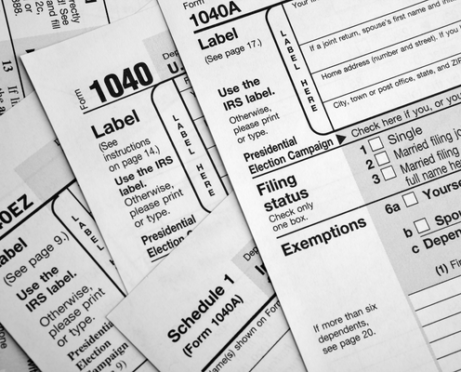
 On August 26, I wrote a blog post about current events in the age of COVID-19. This was followed by a second post about additional coronavirus-related events on September 17.
On August 26, I wrote a blog post about current events in the age of COVID-19. This was followed by a second post about additional coronavirus-related events on September 17.
In preparation for my annual Personal Finance Year in Review webinar for the Military Families Learning Network on December 8, I have continued to closely track current events related to personal finance and the pandemic.
Below are brief summaries of 10 recent personal finance trends and events.
K-Shaped Recovery Projections
Economists are increasingly discussing a two-tier recovery in which those who have secure jobs or pensions and are relatively unscathed by COVID-19 will recover on an upward trajectory like the upper “arm” of a K. Those in the service sector, retail, and in other industries negatively impacted by the pandemic will be on a downward trajectory and see their prospects diminished.
Long-Term Low Interest Rates
The Federal Reserve signaled interest rates near zero percent to help support economic recovery. This policy impacts savers (slim yields), home buyers (attractive interest rates), and life insurance buyers (higher premiums to offset low bond yields). Interest rates are so low that some money market funds (e.g., BlackRock, and Fidelity Investments) waived fees to keep yields positive.
Rainy-Day Savings Plans
More than 20 large U.S. companies, including United Parcel Service, have developed so-called “sidecar” savings plans to help their workers save for emergencies within their 401(k) plan.
Short-term savings deposits are made with after-tax payroll deductions and typically do not earn an employer match like retirement plan deposits do. Contributions come out tax-free when needed.
Credit Card Changes
Credit card companies adjusted their rewards programs to reflect pandemic-induced spending shifts. With fewer people traveling and earning airline miles, rewards shifted to things like restaurant delivery, takeout, home improvement products, and streaming services such as Netflix and Disney+.
Another industry change was a decrease in zero percent interest credit card offers, as card issuers seek to minimize risks.
High Credit Scores
The average FICO credit score was 711 in July, the highest score on record. This was attributed to consumers stuck at home and spending less, borrowers paying down what they owe and not incurring new debt, and stimulus payments and moratoriums provided through the CARES Act. Borrowers may have missed payments but their lenders did not submit this information to credit bureaus.
Surge in Life Insurance Sales
Many firms reported double-digit increases in life insurance policy sales relative to 2019, as the pandemic claimed the lives of people of all ages.
This increase was associated with a heightened fear of death and greater awareness of financial risks associated with it.
Interestingly, there were fewer death claims than expected, as COVID-19 disproportionately killed people without life insurance.
Social Security Benefit Collection
Many unemployed older workers collected permanent actuarially reduced benefits earlier than planned to make ends meet following COVID-induced job losses.
As a result, the Social Security trust fund is projected to run out of money in 2032, rather than 2036 as was projected before the pandemic. In addition, many employers chose not to defer the 6.2 percent payroll tax for Social Security into 2021 due to administrative cost concerns.
Online Sales and Coupon Clipping
COVID-19 accelerated many trends that were already under way. As an example, digital coupon redemptions surpassed paper coupons for the first time in 2020. Marketers found it easier to target customers online and did not need the long planning timeline that newspaper inserts and circulars require. Online shopping also surged in September with a 43 percent increase from 2019 in online sales.
Record-Breaking Trends
The National Bureau of Economic Research declared that the United States officially entered a recession this past February. This ended a 128-month economic expansion, the longest on record since 1854! Other record-setting events reported in 2020 were the marriage rate hitting its lowest level on record and the U.S. birth rate at a 35-year low. Both records were attributed to economic uncertainty and strained finances.
People “Voting With Their Feet”
Data were released in 2020 indicating that moves from high-tax states to low-tax states accelerated. One reason cited was 2017 federal income tax reform, which limited the federal income tax deduction for state and local taxes.
Another noteworthy trend was a 4 percent decrease in undergraduate enrollment at U.S. colleges and universities in fall 2020, including a 16.1 percent decrease in first-year students.




